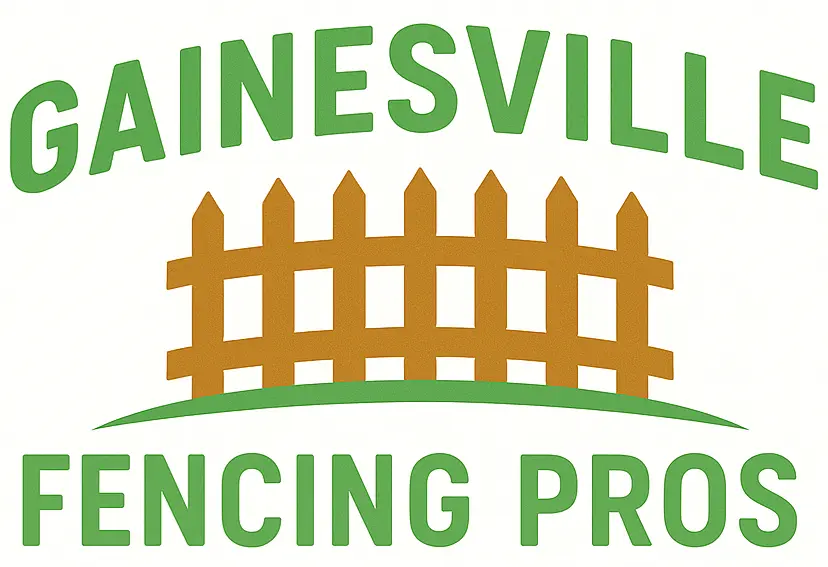Garden fence installation involves placing a physical barrier around your garden using wood, metal, vinyl, or composite materials. This service serves both practical and aesthetic purposes. It helps protect plants from pests, defines property lines, and adds visual appeal.
Our licensed garden fence contractors is a ideal for homeowners looking to improve outdoor privacy and security. Whether you’re in an urban backyard or a rural property, a well-installed fence can elevate the functionality of your garden space.
What Tools You Will Need for Garden Fence Installation
To complete a garden fence installation efficiently, you’ll need the following tools:
- Post hole digger or auger – For digging deep and uniform holes for fence posts.
- Shovel – For clearing dirt and adjusting hole depth.
- Tape measure – To ensure precise spacing between posts and panels.
- Level – To keep fence posts and panels straight.
- String line – To maintain alignment across the fence line.
- Hammer or nail gun – For attaching panels or rails.
- Power drill and screws – To secure components firmly.
- Concrete mix – For anchoring fence posts in place.
- Safety gloves and glasses – To protect hands and eyes during work.
Checklist: What to Prepare Before Garden Fence Installation
Before starting your garden fence installation, make sure to prepare the following:
- Site inspection
- Identify the exact fence line and clear any obstructions.
- Check for underground utilities using local services.
- Identify the exact fence line and clear any obstructions.
- Materials purchase
- Fence posts, panels, gates, and hardware.
- Concrete, nails, screws, and brackets.
- Fence posts, panels, gates, and hardware.
- Permit and zoning requirements
- Verify local fence height and boundary regulations.
- Obtain any necessary permits from your city or county.
- Verify local fence height and boundary regulations.
- Marking and measurement
- Mark post locations with stakes and string line.
- Measure total fence length to estimate materials accurately.
- Mark post locations with stakes and string line.
How Garden Fence Installation Is Done
The garden fence installation process starts by marking the perimeter and digging post holes. Posts are then inserted and set in concrete to stabilize the structure. Once the concrete cures, rails and panels are attached to the posts.
Next, gates and finishing components are installed. Finally, the entire fence line is checked for straightness and strength, ensuring your garden fence installation meets functional and visual expectations.
Safety and Access Tips for Garden Fence Installation
Safety is critical during garden fence installation. Here’s how to stay protected:
- Wear safety gloves and glasses to prevent injury from splinters, tools, or debris.
- Clear the area of pets, children, and garden items to allow a safe workspace.
- Mark utility lines before digging to avoid hitting underground cables or pipes.
- Secure all tools when not in use to prevent accidents.
- Work during daylight and avoid wet or unstable conditions for better visibility and footing.
Post-Service Maintenance for Garden Fence Installation
After completing your garden fence installation, ongoing care ensures longevity:
- Inspect annually for loose fasteners, warped panels, or rotting wood.
- Re-stain or seal wooden fences every 2–3 years to protect from weather damage.
- Tighten or replace hardware as needed to keep the structure secure.
- Keep vegetation trimmed near the fence line to reduce wear and pest access.
Regional Tips for Garden Fence Installation in Florida
In Florida, garden fence installation should account for high humidity and hurricane season:
- Use pressure-treated wood or vinyl to resist moisture and rot.
- Anchor posts deeper and with extra concrete to withstand strong winds.
- Check local HOA rules on fencing types and colors.
- Plan installation outside the rainy season for better curing and safety.
Conclusion: Why a Garden Fence Installation Checklist Helps
Following a detailed checklist for garden fence installation helps you stay organized, safe, and compliant. It ensures all materials and tools are prepared, steps are executed in order, and the final result is durable and attractive.
Whether you’re doing it yourself or hiring help, using a checklist for garden fence installation improves efficiency and confidence in the process.
FAQ: Common Questions About Garden Fence Installation
Typically, posts should be buried at least 1/3 of their total height—often 2 feet deep—for stability.
In many locations, yes. Check with your local zoning office to confirm requirements before starting.
Vinyl and pressure-treated wood are ideal for humid regions due to their moisture resistance.
Yes, with the right tools and planning, garden fence installation can be a manageable DIY project.
Most residential projects take 1–3 days, depending on the size and complexity of the fence.
